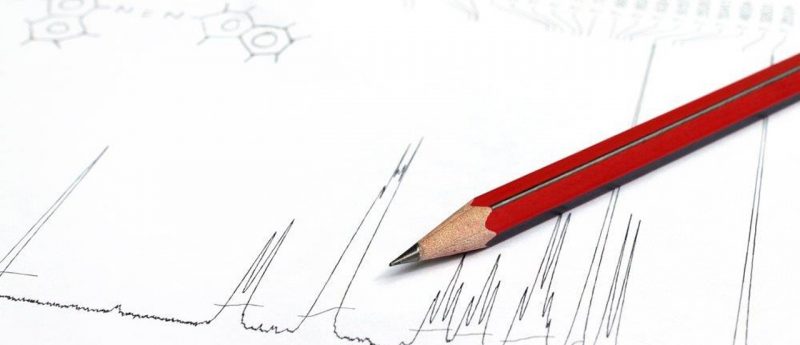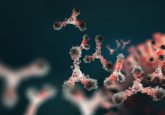Commentary on the LC-MS Spotlight survey results

 Tim Sangster is a well travelled bioanalytical chemist having worked in Scotland, Italy, England, America and finally back to Scotland to head up the Bioanalysis and Immunology Department for Charles River, Edinburgh six years ago. During his travels he has gained experience in both CROs and Pharma supporting drug development from a Bioanalytical perspective from Discovery through to market. Currently Tim’s main scientific focus are in the use of microsampling to reduce and refine toxicology study designs as well as applying it to other application areas and also the use of LC-MS in the analysis of macromolecules.
Tim Sangster is a well travelled bioanalytical chemist having worked in Scotland, Italy, England, America and finally back to Scotland to head up the Bioanalysis and Immunology Department for Charles River, Edinburgh six years ago. During his travels he has gained experience in both CROs and Pharma supporting drug development from a Bioanalytical perspective from Discovery through to market. Currently Tim’s main scientific focus are in the use of microsampling to reduce and refine toxicology study designs as well as applying it to other application areas and also the use of LC-MS in the analysis of macromolecules.
LC-MS has become a tool of choice in many different applications and industries over the last 20 years, the Bioanalysis Zone survey on LC-MS has given us a snapshot of the current situation within bioanalysis, but it made me ponder how have things changed and how will they continue to evolve. In this article I will look at the points that stood out for me.
The questions on chromatography are very interesting and it would be nice to contrast these with the results from 10 years previously. I am sure 10 years ago we would have seen column diameters averaging around the 4.6 mm I.D., whereas today we see the majority of users using 2 mm I.D. columns. If this trend continues will we all be doing chromatography with sub-1 mm I.D. columns by 2025? I would think this is unlikely but not impossible; I did some work on the use of 0.5 and 1 mm I.D. columns in 2004 and whilst the gains in sensitivity and reduced solvent consumption were clear they came at a fairly hefty price in terms of ensuring you had extremely clean extracts.
The instrument of choice today is the triple quadrupole mass spectrometer – a solid and dependable instrument to support primarily qualitative work – but interest in and applications for other platforms is unquestionably growing. I would think 10 years ago there would have been a much bigger focus on the triple quads and the number of QTOF, ion trap and orbitrap instruments would have been significantly lower than we see now. Quantitation using high resolution instrumentation is definitely growing – I believe this will this lead to a reduction in the use of triple quadrupole instruments, driven by the need to analyze more complex analytes than ever before using LC-MS.
The survey results on the top three challenges of bioanalysis does not reveal anything unexpected with the top three being sensitivity, ion suppression/enhancement and interferences (selectivity). At this point I would like to draw attention to an article by Derek Stevenson which is entitled ‘Bioanalysis through the ages’ and I encourage you to read this if you have not done so already, especially if you are new to bioanalysis. Derek outlines the issues and themes discussed at the Eric Reid Bioanalytical Forum through the years, and the key problems identified – measuring low concentrations (sensitivity) and lots of matrix components that might interfere (selectivity). While back in the early days of the meetings the awareness of ion suppression was not as prominent (since much of the bioanalysis was not LC-MS), there was a focus on proving that your results were reliable, and ionization effects definitely impact on this. Throughput was in the top five of the survey and also on the list of topics from the Eric Reid Forum. The other interesting point was that there was a focus on stability and this was not even mentioned in the current survey under the other issues, so this suggests we have developed our knowledge to a point where stability is no longer an issue. I will leave you to consider this with respect to your own environment.
I want to talk about our need for assay sensitivity, as this has been discussed as being a key problem for many years. In my own experience, starting out in the mid 90’s as a Bioanalytical Chemist, my assays then normally used 1 ml of plasma and we were trying to generate 1 ng/ml sensitivity by concentrating the sample during clean up. Let’s compare to today: we do microsampling taking 8 µl of plasma in total, put 2 µl into the assay for extraction and then attempt to get 10 pg/ml most of the time – so sensitivity is still an issue but the scope has changed dramatically. The drives to reduce the number of animals and refine the data generated by getting full profiles from small animal models have continued to challenge the bioanalytical scientist even as the instruments have advanced dramatically.
I think the role of LC-MS in bioanalysis is much as it was previously – it is just the scope of the challenges that have changed. Bioanalysis continues to evolve, requiring the bioanalytical scientists to continue to change and develop to meet the diverse needs of the programmes we support.
To view the survey infographic click here.






